Harry Seidler, an Austrian-Australian architect, once said,
“Great design doesn’t date.”
While he was talking about designs in general, the quote holds true for anything that catches our eye in the first look. A great design must mesmerize the onlooker with its simplicity, ingenuity, uniqueness and meaning. If something could combine all these traits, it can leave an impression which can never be erased. This is what a logo is meant to be, and one type of logo which is king when it comes to simplicity and recognition is a pictorial mark as a brand identity.
What is a pictorial logo?
A pictorial logo is a type of visual brand representation that relies primarily on a graphic or symbol to convey the identity of a brand or company. Unlike typographic logos that use stylized text or combination marks that incorporate both text and symbols, pictorial logos consist mainly of an illustrative or abstract image. These images are designed to be visually memorable and represent the core values, characteristics, or products associated with the brand. Pictorial logos are effective in conveying a brand’s identity in a simple and recognizable way, making them a powerful tool for brand recognition.
Recall the Nike’s swoosh. It is a pictorial logo. The apple of Apple, the bird of X, or the twin-tale mermaid of Starbucks these are all pictorial mark logo examples.
Pictorial logos Evolution
Pictorial logos have evolved from simple symbols to powerful tools for brand identity. Their importance lies in their ability to convey complex messages with simplicity, facilitate universal recognition, and adapt to the demands of a diverse and fast-paced media landscape.
Pictorial representations have been used throughout human history for communication and identification. From cave paintings to ancient symbols and heraldry, visuals have played a significant role in conveying messages. During the Renaissance and into the early modern period, merchants and traders adopted marks to identify their goods.
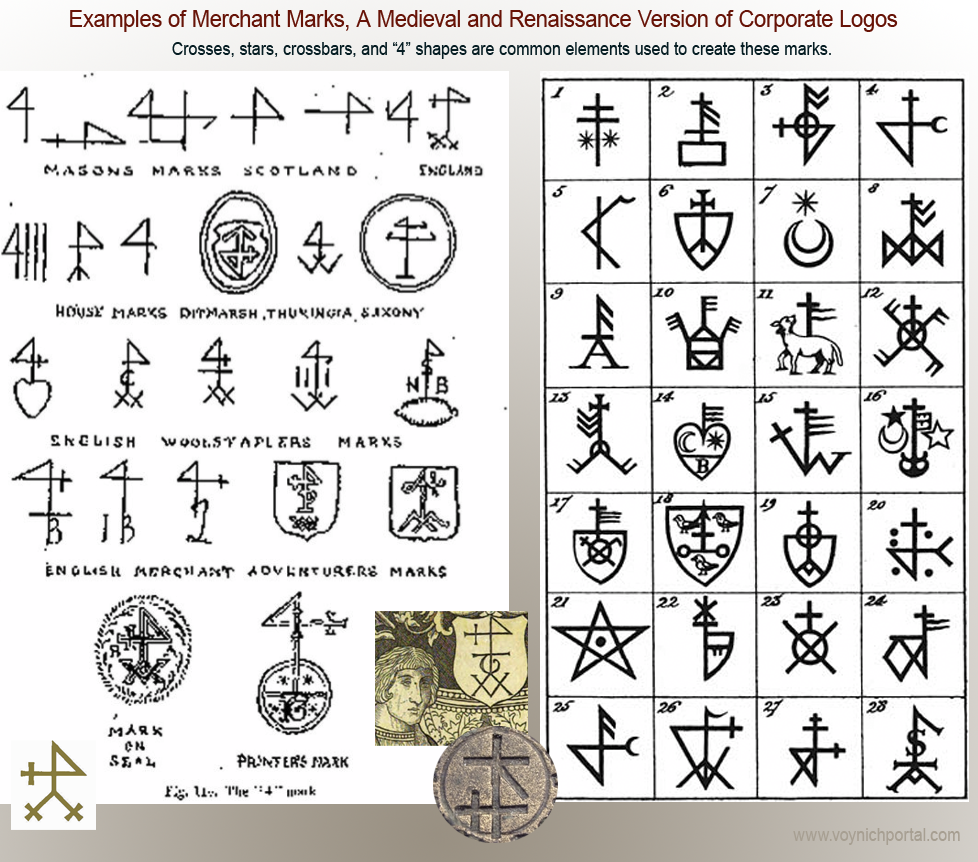
Since then, pictorial logos have evolved to take the form of modern-day striking visual masterpieces which get etched on our minds in an instance, and we recognize them in microseconds.
The psychology of recognition
Think of any popular brand and the first image that would come to your mind is its logo. The reason pictorial logos are such a big hit is because the human brain processes images 60,000X faster than words, as per entrepreneur.com. The types of logos provide such instant recognition that 9% of global brands didn’t include their business name in their logos.
According to research, cues provided by well-designed logos can lead to faster recognition, which is very helpful because consumers spend, on average, less than 15 seconds to make a purchase in many product categories.
Pictorial representations are retrieved from memory much faster than non-pictorial ones, especially when there is consistency across the various elements of visual brand identity. Because all logos contain some degree of pictorial representation (even logotypes, a stylized presentation of a name), retrieval is faster and more efficient because all elements can be processed simultaneously, and it does not have to follow a sequential pattern.
Types of pictorial logos
Abstract pictorial logos
For symbolism in logo design, stylized and abstract shapes are a great option. They often involve creative interpretations of objects or concepts related to the brand. For example, Nike Swoosh
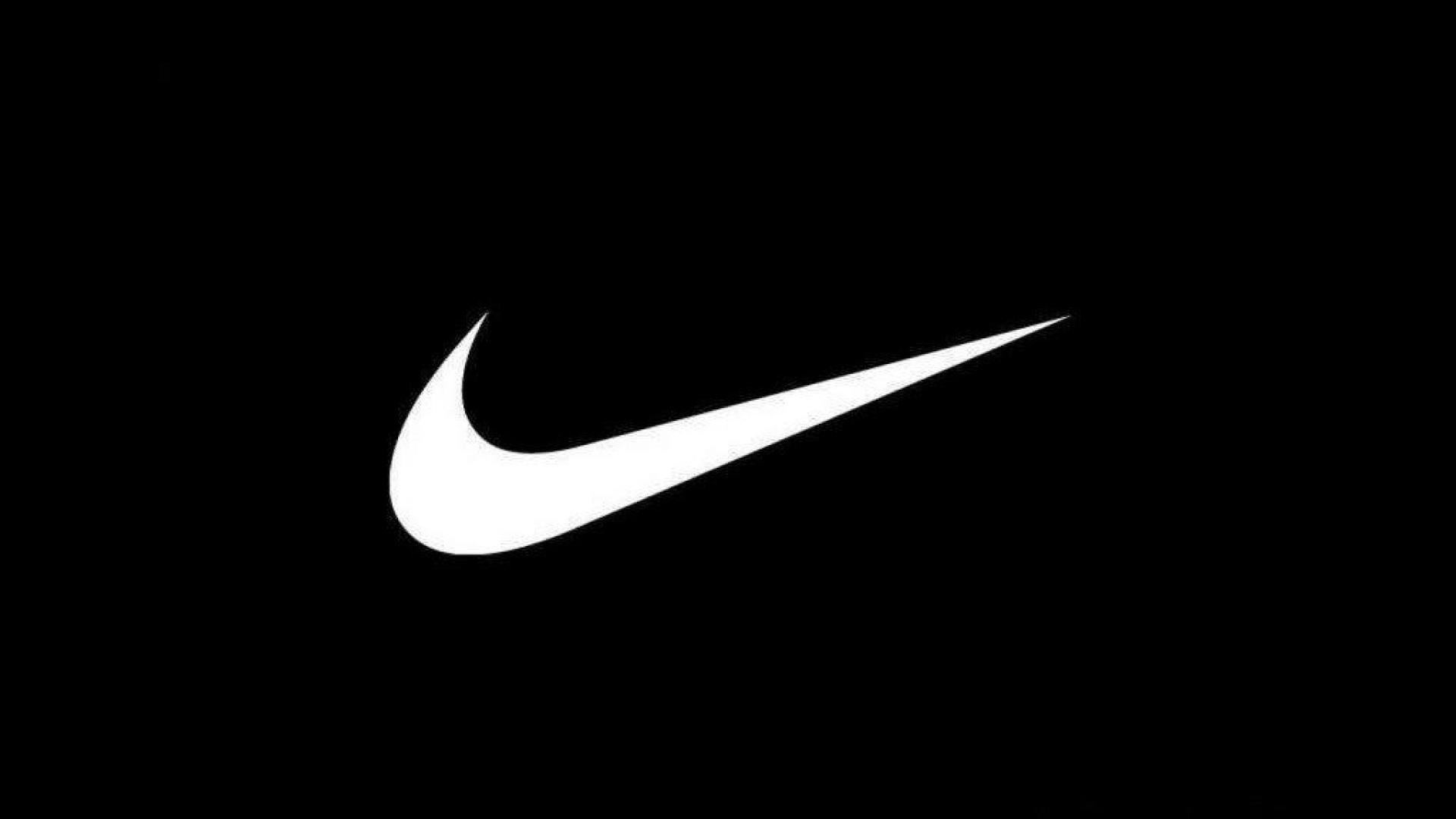
Mascot logos
Mascot logos feature illustrated characters, often with human or animal traits, that personify the brand. These characters become the visual embodiment of the brand’s personality and values. For example: the Pringles Logo.

Literal pictorial logos
Literal logos depict realistic representations of objects, people, or scenes related to the brand. They aim for a clear and direct visual association with the brand’s products, services, or values. For example: Apple’s Apple with a bite taken off
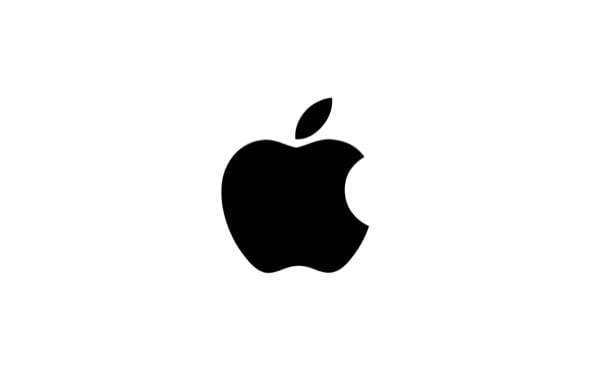
Monogram pictorial logos
These logos combine letters or initials of the brand in a unique and artistic way to create a visual symbol. Monogram logos are a fusion of typography and symbolism. For example: the Louis Vuitton monogram

Emblem logos
Emblem logos consist of a symbol enclosed within a shape, often a circle or a shield, and accompanied by the brand’s name or a tagline. These logos convey a sense of tradition and authority. For example: the Harley-Davidson logo.
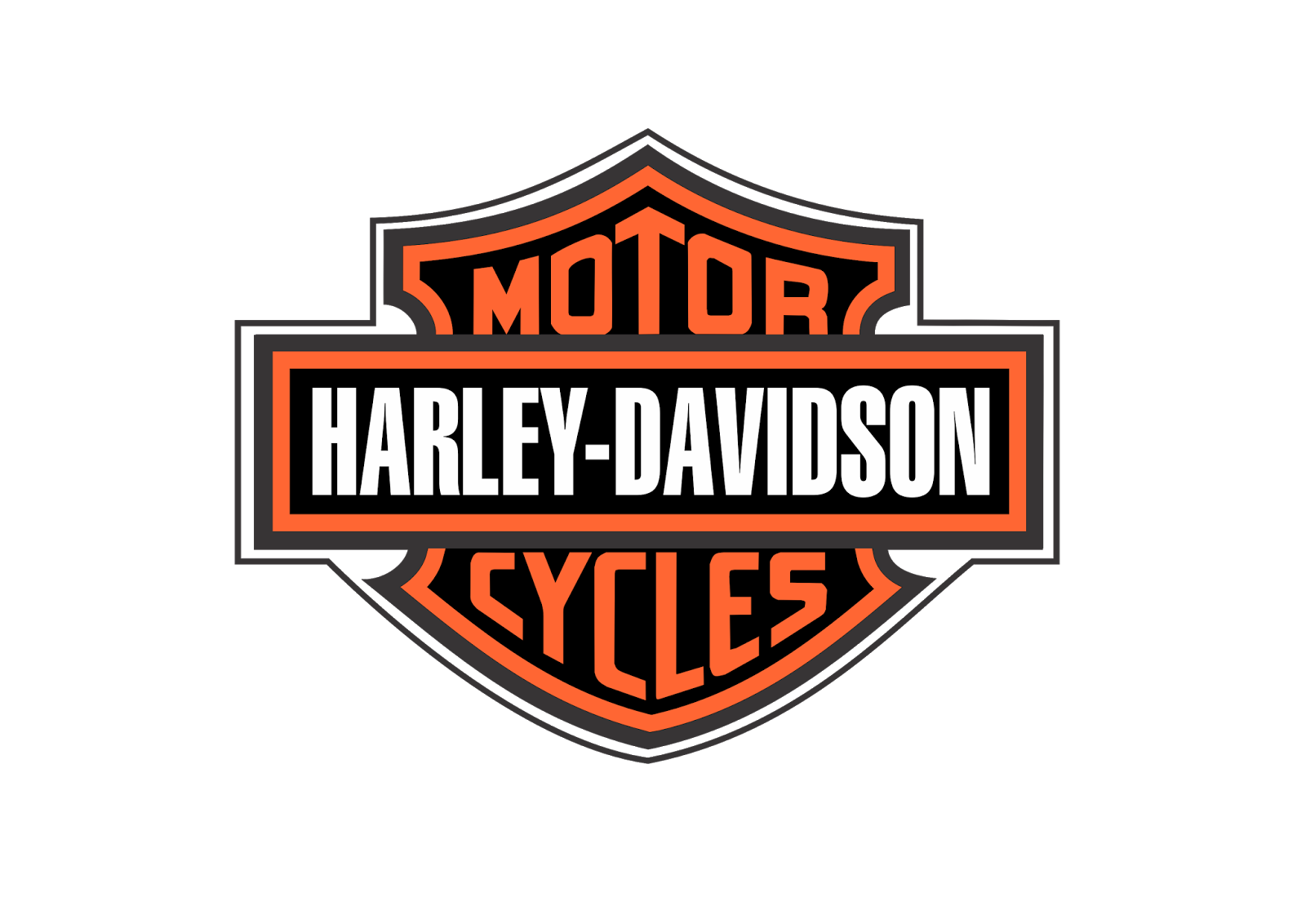
Combination logos
Combination logos integrate both a pictorial element and the brand name or initials. This combination allows for a flexible representation that can be used with or without the accompanying text. For example: the Adidas logo
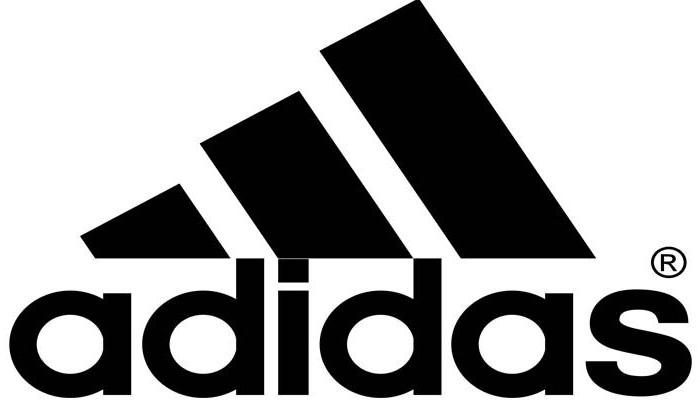
Negative space logos
These logos cleverly use negative space to create a secondary image or meaning within the primary visual element. It adds an element of intrigue and sophistication to the design. For example: FedEx Logo (hidden arrow in negative space)
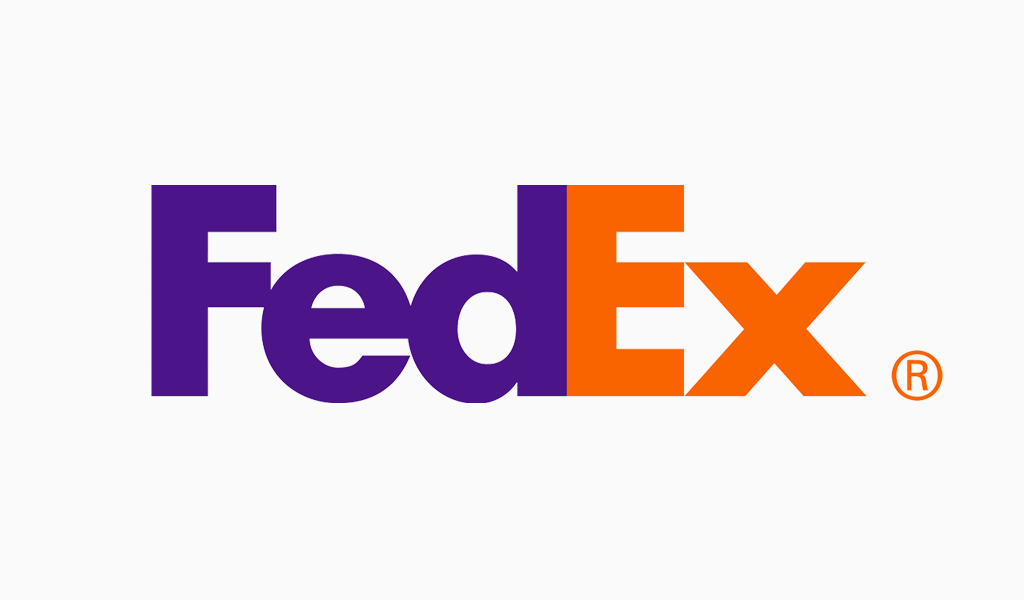
Benefits of pictorial logos
The most iconic brand symbols in the world are pictorial logos because they have immense benefits, ranging from swift recognition to timelessness.
Versatility across platforms
Pictorial logos excel in their adaptability across various platforms and mediums. Whether displayed on a small business card, a large billboard, a website, or even a mobile app icon, the simplicity and visual nature of pictorial logos ensure that they remain clear and recognizable regardless of size or format. This versatility makes them effective tools for maintaining brand consistency across a wide range of applications.
Easy recognition
Pictorial logos leverage the human brain’s natural inclination to recognize and process visual information quickly. By using simple and memorable images, these logos create a lasting impression on the audience. The immediate recognition factor is especially beneficial in today’s fast-paced world, where consumers are bombarded with information. A professional logo design with the right visuals allows a brand to stand out and be easily remembered in a cluttered visual landscape.
Transcending language barriers
Unlike logos heavily reliant on text, pictorial logos have the unique advantage of transcending language barriers. They communicate a brand’s identity and values through universally understood visuals, making them accessible to a global audience. This universal appeal is particularly crucial for businesses with an international presence or those targeting diverse markets where linguistic differences may pose challenges. Pictorial logos convey a brand’s essence without the need for translation, fostering a sense of connection across cultures.
Memorability and recall
Pictorial logos leverage the psychological principle of visual memory. Humans are inherently wired to remember images more effectively than text. A well-designed pictorial logo creates a strong association between the brand and its visual representation, enhancing memorability. This is particularly valuable in marketing and advertising, where the goal is to leave a lasting impression on the audience, increasing the likelihood of brand recall when they encounter the logo again.
Timeless appeal
Pictorial logos often have a timeless quality, as they rely on enduring symbols and images. Unlike trendy fonts or stylized text that may become dated, a carefully crafted pictorial logo can withstand the test of time. This longevity contributes to the overall brand consistency and stability, allowing the logo to remain relevant and effective for years if not decades.
Key considerations when choosing a pictorial mark

Designing an effective and attractive pictorial logo requires careful consideration of various elements to ensure that it conveys the intended message and resonates with the target audience. Here are some best practices and tips for creating impactful pictorial logos:
Simplicity
The design of the pictorial logo should be simple and sleek. It should be devoid of any complex geometric drawings. Take any pictorial logo, be it Pepsi’s circle or Domino’s domino, they all have the most basic imagery with an uncluttered design, making them memorable and recognizable.
Versatility
A pictorial logo, since it is a standalone visual representation of your brand, should be versatile to work well across different platforms and sizes. It should be recognizable whether displayed on a business card, website, or billboard.
Color considerations
The most important element of a pictorial logo is colors. While choosing the colors, you must imagine the brand message you want to convey and what colors would help you with that. They also have a huge impact on consumers’ psychology.
For example, red signifies passion, energy, excitement, and urgency. It is used by food brands (e.g., McDonald’s, KFC) to evoke emotions.
Blue means trust, reliability, professionalism, and calmness. Its usage is common in corporate logos, especially in finance (e.g., IBM, American Express) and technology (e.g., IBM, Intel) industries.
Yellow is about optimism, positivity, and warmth. It is seen in the logos of fast-food chains (e.g., McDonald’s, Subway) and brands that want to convey a cheerful image.
Purple depicts royalty, luxury, sophistication, and creativity. Therefore, it is common in serene and beauty brands (e.g., Cadbury, Hallmark) and high-end products.
Final Words
A company with a pictorial mark as its logo is bound to win the game of network recognition. Such is the value of a simple graphic representation of the company’s face. While there are several pictorial logo types to choose from, the basics of their designs are the same. It must be simple, scalable and an imagery which evokes prompt recognition





